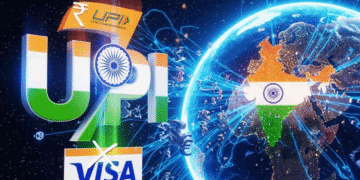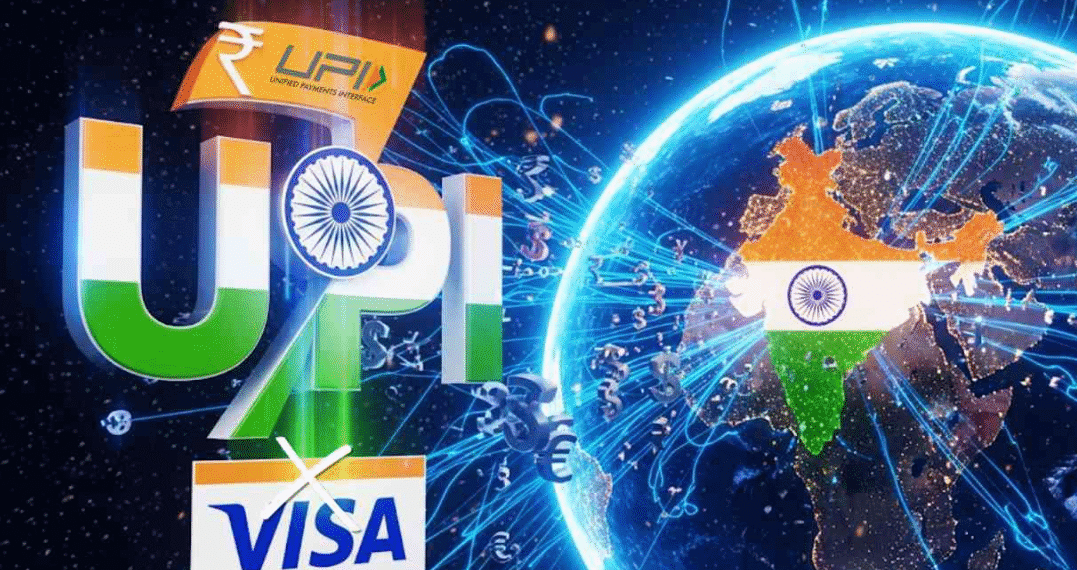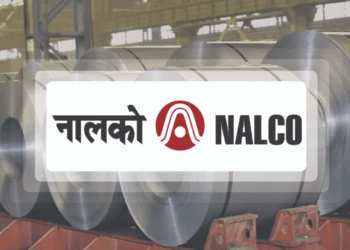Srotaswini Mohapatra
Pune, 26 July 2025
As global trade tensions grow, the battleground has quietly shifted from goods to digital payments. At the center of this new trade standoff are two powerful systems — America’s Visa and India’s UPI (Unified Payments Interface).
For decades, Visa has dominated digital payments worldwide, including in India. But in recent years, India has pushed back with UPI — a fast, free, and government-backed platform that lets users transfer money instantly through mobile apps.
What looks like a tech success story is also being seen as a strategic move by India to reduce reliance on Western financial systems.
UPI’s rise has been explosive. With over 12 billion transactions a month, it has overtaken Visa and Mastercard in India in both volume and reach. Unlike Visa, which charges transaction fees and operates under U.S. regulation, UPI is built entirely in India, and is controlled by Indian authorities.
This has made UPI a symbol of digital sovereignty — India’s way of asserting control over its financial systems in an era where data and payments are power.
Analysts say the clash is more than just economic. As the U.S. defends its tech giants, India is building its own digital ecosystem — from UPI in finance to ONDC in e-commerce — to avoid dependency on American platforms.
Meanwhile, Visa and other U.S.-based networks have raised concerns. In 2021, reports emerged that U.S. officials privately objected to India’s promotion of UPI, saying it created an unfair playing field for American companies. But India is standing firm, saying its focus is on inclusion, affordability, and innovation.
This digital rivalry highlights a bigger trend: nations using technology to assert economic independence. Just as oil and steel once defined trade battles, today’s currency is data and digital control.
In this new world, Visa represents global reach and American influence, while UPI stands for local innovation and strategic self-reliance.





















